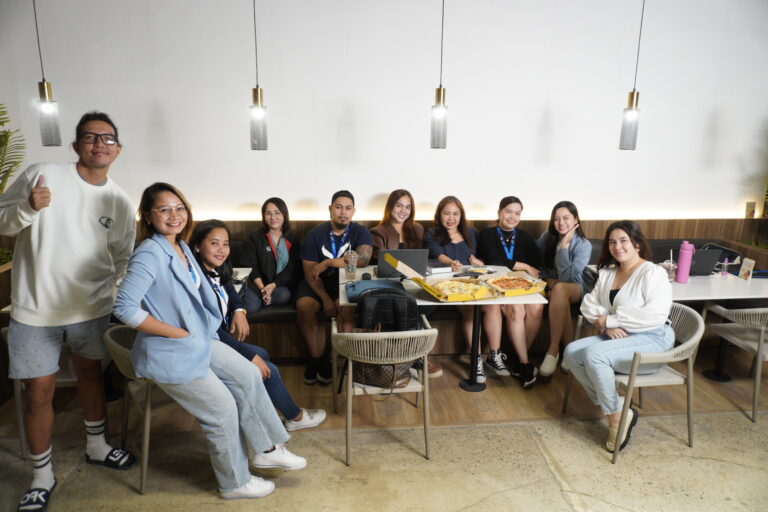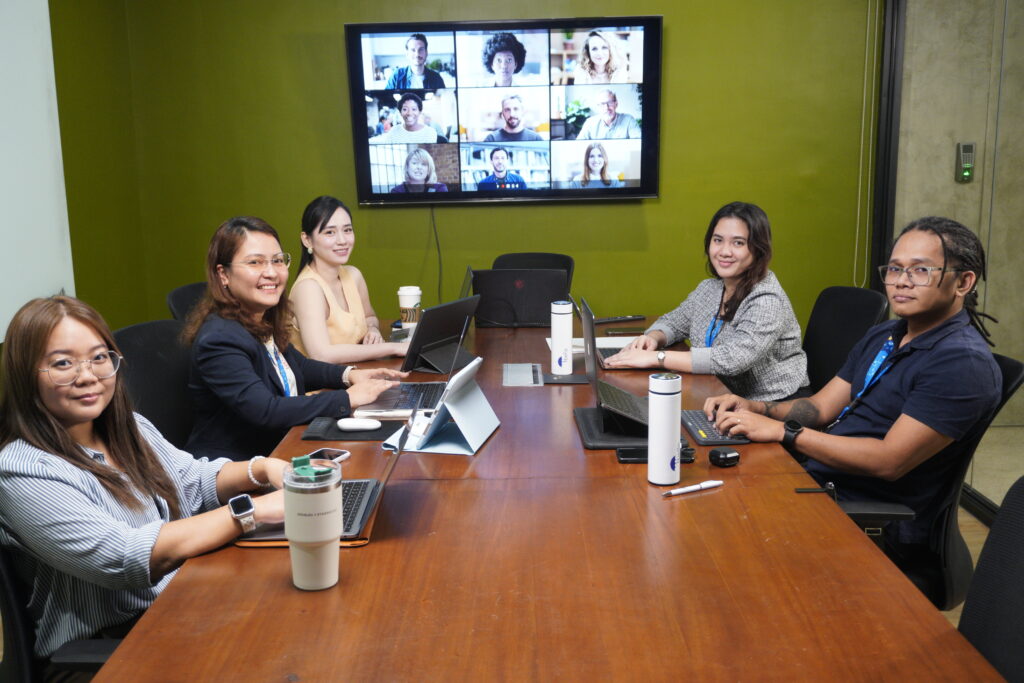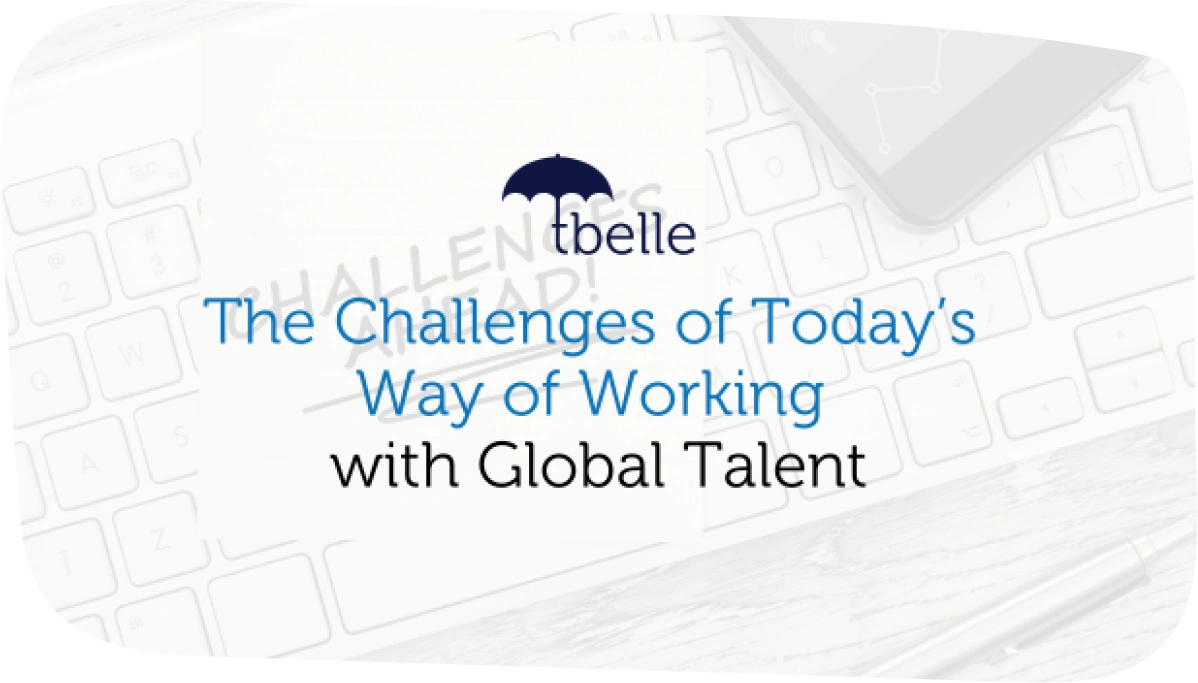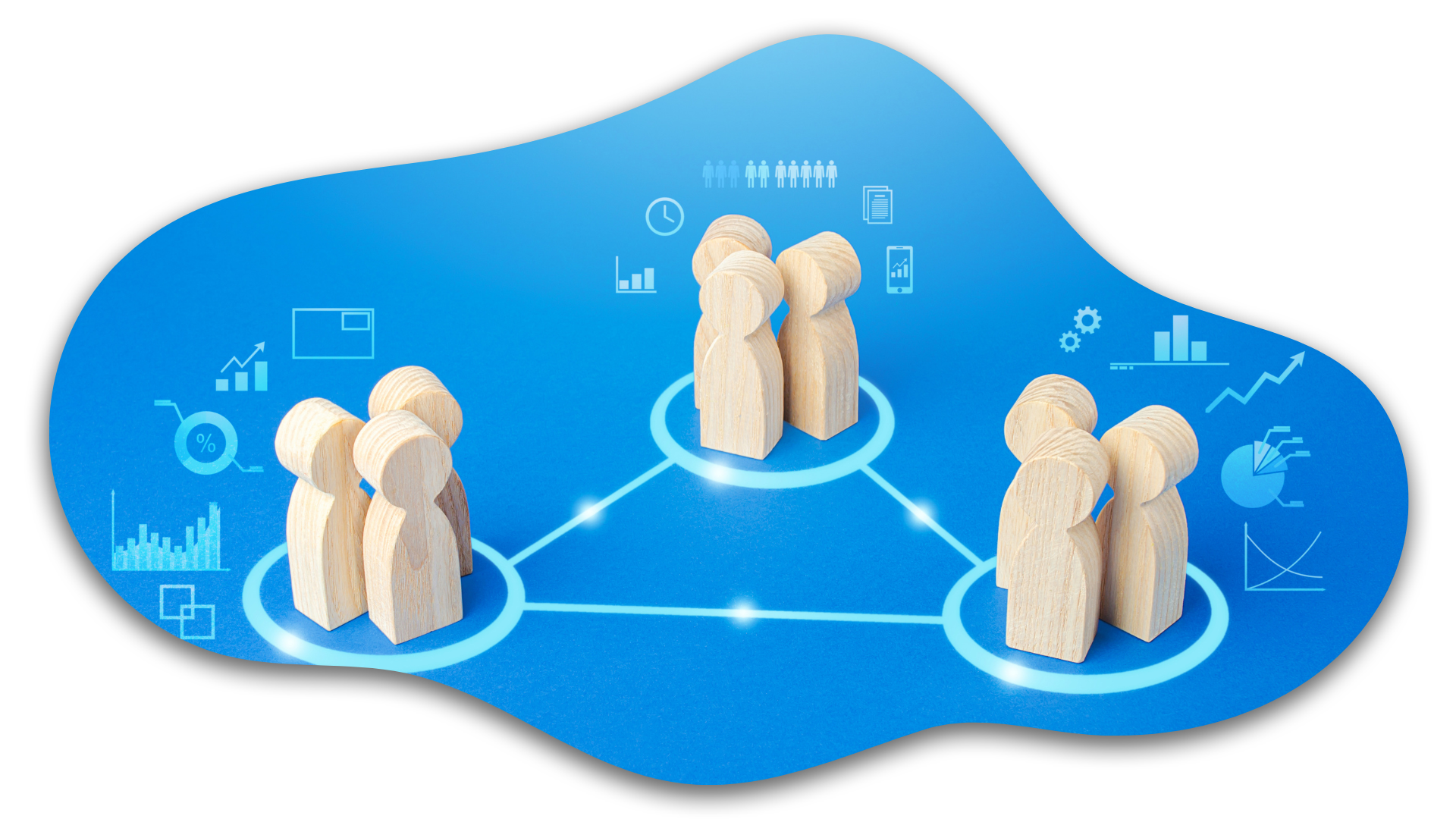
Did you know that a study found that rates of global teams working remotely have doubled every 15 years?
Table of Contents
The rise of globalisation, coupled with digital transformation, has drastically changed the way businesses operate. This encompasses the increasing use of distributed teams, comprising individuals from diverse geographical locations, which is becoming the new norm.
In fact, a study according to Forbe’s report, the number of global teams working remotely has doubled approximately every 15 years, illustrating the rapid acceleration of this work model. The ability to tap into a global talent pool not only widens the reach for finding the best talent but also reduces costs, increases diversity, and drives innovation.
Global Talent in Modern Workplaces

Challenges of Managing a Globally Distributed Team
One of the most common issues when managing global teams is the lack of a structured performance management system. Remote workers often feel like they are operating in silos, leading to disengagement and a sense that their contributions are not recognised.
Without clear metrics and consistent feedback, employees may struggle to understand how their performance aligns with company expectations, which can further impact motivation and efficiency. Effective performance management systems, according to a study, include metrics for both behaviours and results, evaluating individual and team performance alike (Herman Aguinis, et.al., 2012).
Effective collaboration can be a challenge when team members are spread across different time zones and regions. Global teams struggling with remote communication often lack the systems, processes, or culture for clear documentation. To avoid this, proper and meaningful communication strategies are essential.
What constitutes a meaningful conversation then? According to a Gallup study, meaningful feedback sessions involve recognition, discussion about collaboration, goals and priorities, and the employee’s strengths. Implementing these communication strategies can bridge gaps, build stronger team relationships, and ensure that even in fragmented settings, collaboration remains productive.
The number of remote workers who felt a connection to the purpose of their organisations dropped to 28% from 32% in 2022—the lowest level since before the pandemic, according to a new survey.
In many distributed teams, there is often a disconnect between what the company stands for and how it’s communicated to global talent. This challenge is exacerbated by distance and cultural differences.

Lone working refers to situations where employees work in isolation, without direct oversight or immediate supervision. This is a common scenario in remote work and multiple labour laws are in place for guidance in this kind of set-up.
Lone working is a significant challenge for remote employees, who often find themselves working independently with minimal direct interaction with colleagues. This isolation can lead to feelings of loneliness, disconnection from the team, and reduced motivation.
The pressure to show that remote employees are working can lead to a phenomenon known as “productivity theatre”—where workers focus more on appearing busy than on actual productivity.
Leaders are increasingly struggling with the issue of “productivity theatre” in remote teams. A survey from Visier with 1,000 respondents, revealed that nearly half (43%) of employees spend more than 10 hours a week on tasks designed to create the illusion of productivity. This can be detrimental to both individual performance and overall team efficiency.
Building strong manager-employee relationships is crucial for fostering trust, accountability, and engagement. However, physical distance makes it challenging for managers to connect with their remote team members on a personal level.
This challenge is further compounded by negative perceptions of remote work among some leaders. According to new research released by SHRM, many leaders express a preference for onsite staffing, revealing their scepticism toward remote work. These negative perceptions can strain relationships between managers and remote employees.
A survey by Catalog and GitLab revealed that 54% of the 2,000 respondents feel pressured to stay online at specific times during the day, rather than being encouraged to focus on their actual output—further fueling the rise of digital presenteeism.
Closely linked to productivity theatre, digital presenteeism is when remote employees feel the need to be constantly online to prove their commitment, even outside their regular working hours. This pressure to always be available can create unhealthy work habits, leading to burnout and reduced job satisfaction. Over time, digital presenteeism can erode employee well-being and may lead to fatigue.

Ensuring that all employees, regardless of their location, comply with local labour laws and company policies is another major challenge for global teams. Several multinational corporations, according to a survey from PWC, encounter challenges in risk management as a result of inconsistent labour regulations across different countries.
Onboarding remote employees often lacks the personal touch and immersive experience that in-office employees receive. Without face-to-face interaction, new hires may feel disconnected and overwhelmed, especially if the onboarding process is not well-structured or engaging.
This challenge is further proven by a Paychex survey revealing that, only about half of all new hires (52%) feel satisfied with the onboarding experience at their current job. This dissatisfaction can lead to slower adaptation, reduced productivity, and an increased likelihood of turnover.
Many companies implement tools and systems that are not suitable for distributed teams, leading to inefficiencies. When organisations fail to carefully assess the specific needs of their remote workforce, they may choose technologies that do not integrate well with existing processes or that are overly complex for the tasks at hand.
As a result, employees may struggle to adopt these tools, leading to frustration, miscommunication, and reduced productivity.
How Tbelle Can Help Navigating these Challenges
 Tbelle recognises the incredible potential that global talent can offer but also acknowledges the inherent challenges. At Tbelle, we emphasise the importance of Workforce Integration to ensure distributed teams are aligned with the company’s vision, culture, and values.
Tbelle recognises the incredible potential that global talent can offer but also acknowledges the inherent challenges. At Tbelle, we emphasise the importance of Workforce Integration to ensure distributed teams are aligned with the company’s vision, culture, and values.
This means going beyond task management to focus on integrating global teams that are not only operationally effective but also strategically connected.
Performance management can be tricky in distributed teams, where distance often obscures visibility into day-to-day tasks. Through Workforce Integration, Tbelle helps companies implement structured performance management systems that establish clear goals, regular feedback loops, and standardised performance reviews.
- Creating Performance Success Indicators
- Having Meaningful Conversations / Touch base
- Career Development Mapping
- Process Continuity Planning and Documentation
- Continuous Employee Management
Workforce Integration allows Tbelle to create a strong alignment between all team members and the company’s core vision and values. Tbelle fosters consistent communication and reinforcement of the company’s mission through regular virtual town halls, updates, and team discussions.
By fostering quality interpersonal relationships between onshore managers and distributed team members, Tbelle helps bridge the gap created by distance. At present, Tbelle actively implements this initiative through:
- Hosting virtual town halls,
- Utilising digital messaging platforms,
- Organising in-person team-building exercises
- Initiating digital team-building activities
- Daily team huddles
Tbelle’s approach to Workforce Integration ensures that distributed teams collaborate seamlessly using the right tools and communication strategies. This is currently being implemented through integrated collaboration platforms, such as project management systems that streamline workflow and communication channels.
This enables teams to work together efficiently across regions and time zones. This leads to clearer communication, better project tracking, and improved overall productivity.
- Usage of Slack, Outlook, Skype, Zoom, and other communication platforms.
- Monitoring development of tasks through Asana, Trello, Monday.com, Smartsheet, and more.
Maximising google’s web based apps such as docs, sheets, drive, meet, and calendar.
With Workforce Integration, Tbelle provides managers with the training and support they need to effectively lead remote teams and build stronger relationships with their employees.
This includes teaching managers how to maintain clear, empathetic communication, manage performance from a distance, and offer constructive feedback that strengthens the employee-manager bond.
Tbelle supports companies in maintaining Workforce Integration by ensuring compliance with local labour laws, no matter where employees are based. Tbelle offers expertise in navigating the complex web of labour regulations, especially in the Philippines and in Australia, helping organisations avoid costly legal pitfalls.
Through Workforce Integration, Tbelle offers training and facilitates open discussions that promote an understanding of diverse cultural perspectives. This approach immerses employees in the company’s broader purpose while acknowledging and respecting their cultural differences.
Tbelle’s efforts to integrate these elements help create a unified, inclusive company culture, where global employees feel connected to both their team and the organisation’s mission.
- Values training
- Client vision immersion
- Australian and Filipino cultural training
Tbelle’s approach to Workforce Integration ensures that new hires, regardless of location, receive a tailored and immersive onboarding experience. By designing onboarding processes that integrate training materials, mentorship, and team engagement, Tbelle ensures new employees quickly adapt to the company culture and workflow.
- Comprehensive onboarding
- Welcome Kit is given to a new team member
- Organising Welcome Freshies
- A 90-day employee journey
With Workforce Integration, Tbelle helps companies choose the right solutions and technologies that align with the specific needs of their distributed teams. By analysing the unique requirements of a remote workforce, Tbelle tailors technology and toolkits to fit the organisation’s goals, ensuring efficient workflows, smooth communication, and high levels of productivity across global teams.
Through these strategic approaches, Tbelle’s Workforce Integration ensures that remote teams are connected, aligned, and empowered, helping organisations navigate the complexities of a global workforce.
Key Takeaways
As businesses increasingly embrace distributed teams, it’s clear that the challenges of managing global talent require a comprehensive and thoughtful approach. Managing a globally diverse workforce demands a more strategic integration.
- Communication is Key – Prioritising meaningful, structured communication can significantly reduce the effects of fragmented collaboration and disconnection from company values.
- Cultural Alignment is Essential – Cultural sensitivity training and purpose immersion can help bridge the gaps caused by geographical and cultural differences.
- Effective Tools and Processes Matter – Implementing the right tools that integrate seamlessly into workflows is crucial for promoting collaboration and productivity.
- Focus on Employee Well-being – Addressing issues like lone working, digital presenteeism, and burnout will enhance employee satisfaction and retention.










